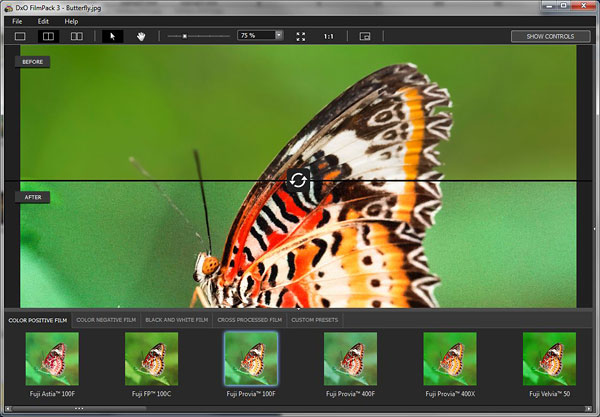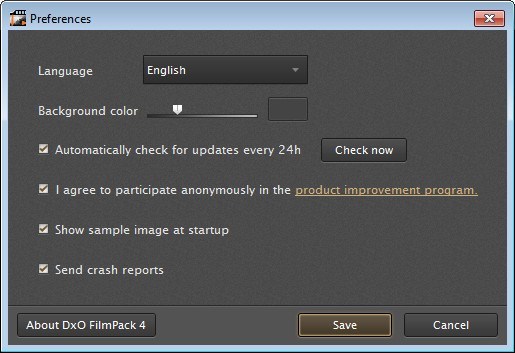

Hmmm.That is a very detailed analysis, and I would definitely try it because of the "more film emulations"ĭigital Nigel hit what is to me the huge point, that unlike even the most current version of the Nik tools, DxO FilmPack gets fully integrated into DxO PhotoLab (if you're using it), and becomes just another panel of tools that can be used during raw processing, to be part of the final render.Īnd IMOPO, DxO PhotoLab 4 Elite is currently the best raw converter. I use affinity photo, and Nik is almost perfectly integrated in it as plugins too as it is very similar to PS. I think FilmPack offers more film emulations than NIK, but can't compare their relative quality. I assume FilmPack acts as an Adobe plug-in, much as NIK does. NIK has no real integration with PhotoLab, but is simply an export option. NIK is much more designed for use with Adobe products, with which it acts as a plug-in. I think FilmPack is also available as a plug-in to Adobe, like NIK, but can't comment on that use. You also get the stand-alone version, but there's no reason to use it with images produced through PhotoLab. So you can play with the FilmPack options in the middle of, say, doing exposure adjustments.


To a PhotoLab user it's not a separate tool, not a plug-in, but just an optional set of features you can choose to pay for. It's not even a plug-in, but just gets switched on within PhotoLab. I regard NIK as only useful to Adobe users.įilmPack is fully integrated into PhotoLab, and just becomes another tool within it. I don't have NIK, because I'm a DxO PhotoLab user. What is the difference between Analog Efex and Filmpack? And which one do you recommend? I'm not that familiar with DxO products yet. I currently own Analog Efex and is thinking of switching to Filmpack.


 0 kommentar(er)
0 kommentar(er)
